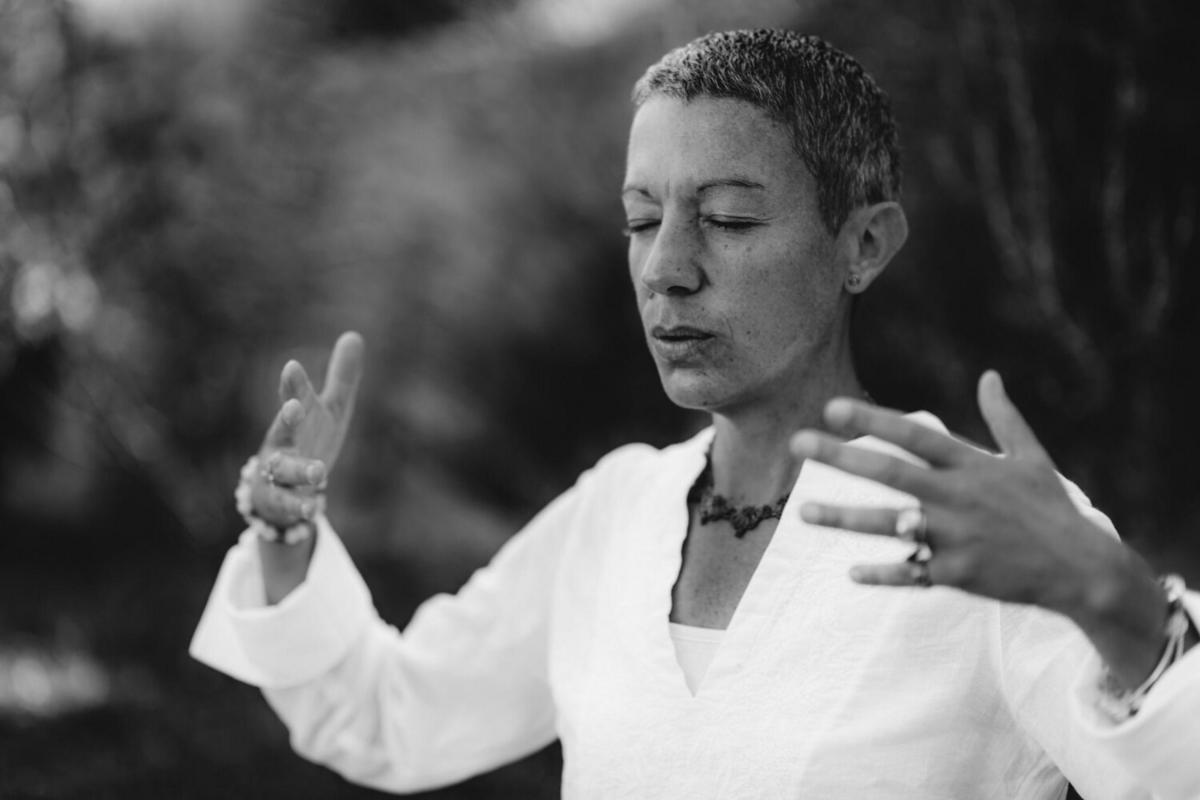
Mindful Movement: How Fitness Bolsters Mental Health
The connection between physical activity and mental well-being is increasingly recognized as a vital component of holistic health. Mindful movement, a concept that emphasizes awareness and intention in exercise, has emerged as a powerful tool for enhancing mental health.
Engaging in mindful movement practices not only improves physical fitness but also offers numerous psychological benefits. Dr. Kelly McGonigal, a health psychologist and lecturer at Stanford University, highlights that exercise can be a profound tool for managing stress and improving mental health. She notes, ‘Exercise is a way to connect with yourself and the world around you, fostering a sense of belonging and reducing feelings of isolation.’
Research supports these claims, indicating that regular physical activity can decrease symptoms of depression and anxiety. A study published in the Journal of Clinical Psychiatry found that individuals who engage in consistent exercise report a 26% reduction in feelings of depression.
Personal stories often illuminate these findings. Take Emily, for instance, who found solace in yoga during a particularly stressful period of her life. She discovered that the focus on breath and movement helped her manage anxiety and build resilience, ultimately improving her mental clarity.
Benefits of Mindful Movement
- Stress Reduction: Activities like tai chi and yoga encourage relaxation and mindfulness, helping to lower stress levels.
- Improved Mood: Regular exercise releases endorphins, which are natural mood lifters.
- Enhanced Focus: Mindful practices improve concentration and cognitive function.
Incorporating Mindful Movement into Your Routine
- Start Small: Begin with short sessions of stretching or mindful walking.
- Set Intentions: Before exercising, set a mental goal for your session to enhance mindfulness.
- Try New Activities: Explore different forms of exercise like dance, Pilates, or swimming to find what resonates with you.
Consider joining a local class or online community to stay motivated and connected with others who share your interests.
Comparison of Mindful Movement Practices
| Practice | Focus | Benefits | Accessibility |
|---|---|---|---|
| Yoga | Breath and Posture | Flexibility, Stress Reduction | High |
| Tai Chi | Flow and Balance | Balance, Mindfulness | Moderate |
| Pilates | Core Strength | Strength, Posture | High |
| Dance | Rhythm and Expression | Cardio, Mood Enhancement | Moderate |
| Walking | Awareness | Cardio, Clarity | High |
| Swimming | Breath and Movement | Cardio, Relaxation | Moderate |
| Running | Endurance | Cardio, Stress Relief | High |
| Martial Arts | Discipline | Strength, Focus | Moderate |
FAQs
How does mindful movement differ from regular exercise?
Mindful movement emphasizes awareness and intention, focusing on the connection between mind and body, whereas regular exercise often focuses on physical outcomes.
Can mindful movement help with anxiety?
Yes, practices like yoga and tai chi have been shown to reduce anxiety by promoting relaxation and mindfulness.
Is mindful movement suitable for everyone?
Most forms of mindful movement can be adapted for various fitness levels and abilities, making it accessible to a wide range of individuals.
In conclusion, integrating mindful movement into your daily routine can significantly enhance your mental well-being. By fostering a deeper connection between the mind and body, these practices offer a holistic approach to mental wellness. Whether through yoga, tai chi, or simply taking a mindful walk, the benefits of mindful movement are both profound and attainable.
For further reading on the impact of exercise on mental health, consider visiting resources such as Mental Health Foundation and Mindful.


